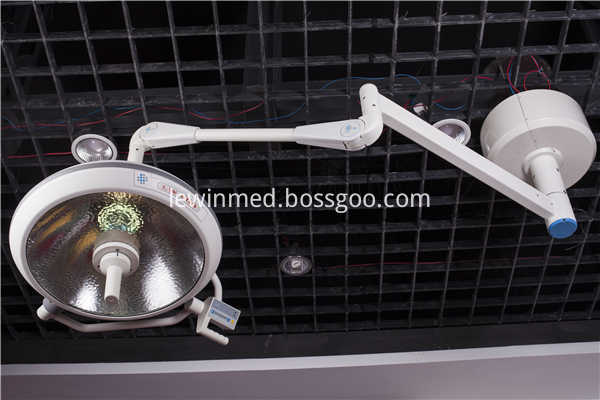


Single Dome Halogen Operating Lamp
Single Dome Halogen Operating Lamp with excellent color temperature control.By using color temperature compensation technology, the color reversion is uprised, and it is more suitable for the illumination of the complex surgery such as encephalon surgery and thorax surgery.Single Dome Halogen Operating Lamp are convenient to use. Reflector system designed in CAD; color temperature close to that of sunlight; making the tissue surface visible under natural color; depth of tubular light beams up to over 1200mm; uniform illumination effectively eliminating shadows under any circumstance.

Single Dome Halogen Operating Lamp,Single Dome Ceiling Operating Light,Single Dome Ceiling Ot Light,Single Dome Surgical Room Lamp
Shandong Lewin Medical Equipment Co., Ltd. , https://www.lewinmed.com